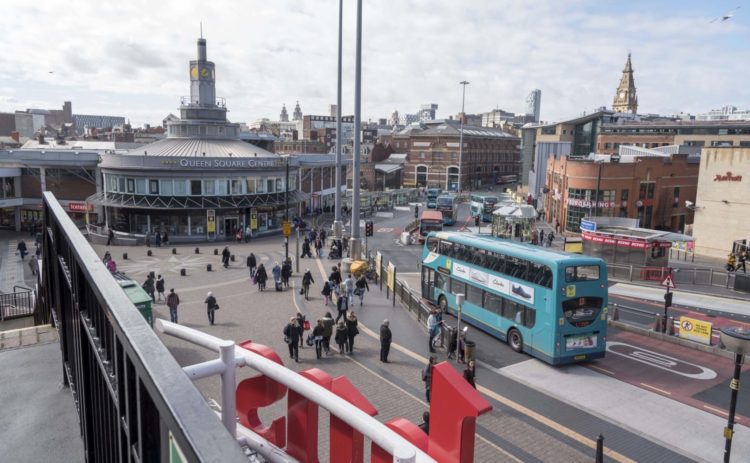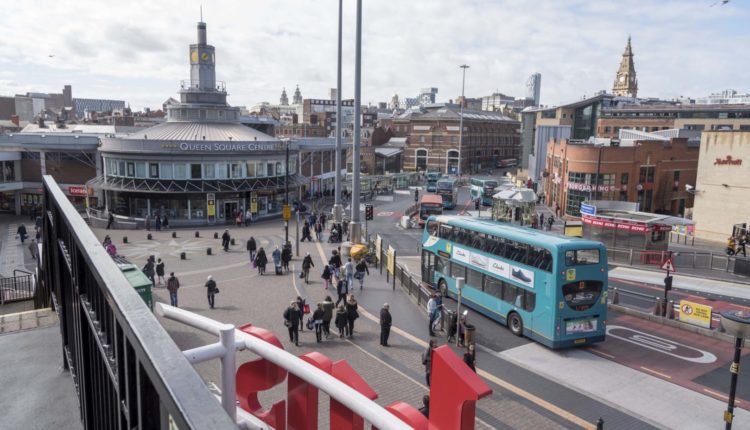Metro Mayor Steve Rotheram says new investment into the network is essential for growth as he and the combined authority consider the new Vision for Bus strategy. Tony McDonough reports

Public sector support for Liverpool city region’s bus network would have to rise by up to £35m a year just to maintain current standards, a new report claims.
The Liverpool City Region Combined Authority currently subsidises the network to the tune of £60m via Merseytravel which pays for concessionary travel and supported bus services, which are essential for the community but not commercially viable for private bus operators.
However, Liverpool City Region Metro Mayor Steve Rotherman says any failure to continue investing in bus services could put our economic growth at risk.
On Friday, July 26, the combined authority will be asked to approve the principles of the new Vision for Bus strategy which includes suggestions such as 24 hour buses on key routes, at least one bus an hour on all routes between 5am and midnight and zero-emission fleets.
The Vision for Bus is based on themes identified across 1,500 responses to an online survey that formed the first phase of the Liverpool city region’s Big Bus Debate which was launched by Mr Rotheram in November 2018.
Click here to read the full report
Punctuality, reliability, ticketing complexity, the overall cost of travel and service frequencies, coverage and hours of operation were all key themes identified for improvement.
Under the powers afforded to a Metro Mayoral Combined Authority, the Bus Services Act 2017 allows for three options which are franchising, an Enhanced Partnership or a continuation of the Bus Alliance – a formal partnership between Merseytravel, Arriva and Stagecoach.

The report highlights that even without meeting the ambitions of the new vision, keeping bus services at even a static level under any of the three models could require up to an additional £35m of public subsidy a year by 2030 through the combined authority.
The estimated additional investment factors in naturally increasing costs as well as forecasting a need to plug more gaps in commercial operations as less profitable routes are cut in response to operator costs rising faster than passenger revenues.
Mr Rotheram said: “We have big ambitions for buses in the Liverpool city region. The Bus Alliance has allowed us to make good progress in modernising our bus network
“But, as the ‘Big Bus Debate’ has shown, we have to go much further and faster, ensuring bus services are developed around people, supporting them getting to and from work, accessing health care and enjoying all the city region has to offer.
“Eight out of 10 public transport journeys are made by bus. The network has to be robust and sustainable, otherwise we’re putting economic growth at risk. We need to put people with opportunities and deliver our commitment to air quality and health improvements.”
The combined authority is expected to receive a recommendation on the preferred option in early 2020. The next phase of the Big Bus Debate will take place later this summer, with more detailed face-to-face surveys and further community engagement in the autumn.

